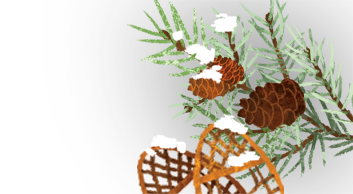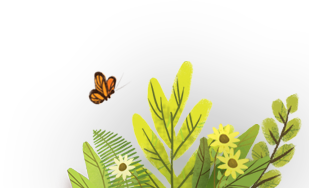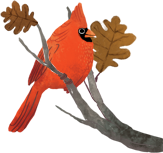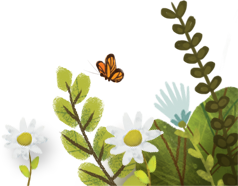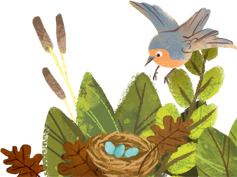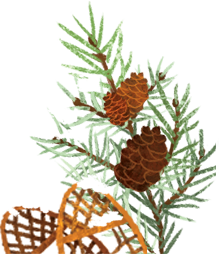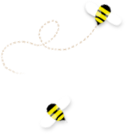
Bringing the Prairie back to the Prairie House
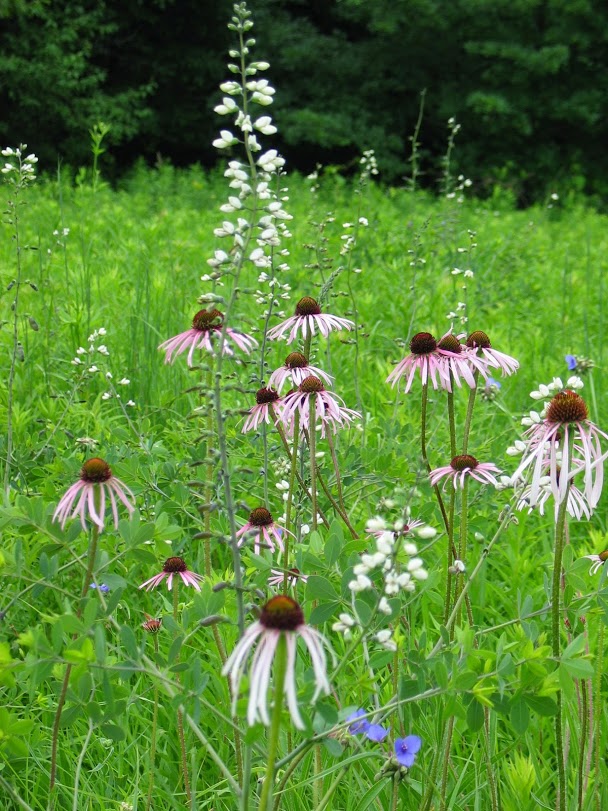
Prairie is a complex mix of native grasses, many flowers, and few trees. Prairies once covered most of the middle of North America, but the rich soil that prairie builds has mostly been plowed up for cropland. Today only about 1% of pre-settlement prairie remains. The varied plants of prairie create a resilient and rich home for many kinds of animals, including pollinators, butterflies, and birds, so is a desirable and sustainable habitat.
Prairies can range from wet to very dry, with a different range of plants and animals thriving in each type. The prairie we plant near the Quarry Hill Prairie House will have rich, moist soil, so the plants seeded there will be adapted to those conditions.
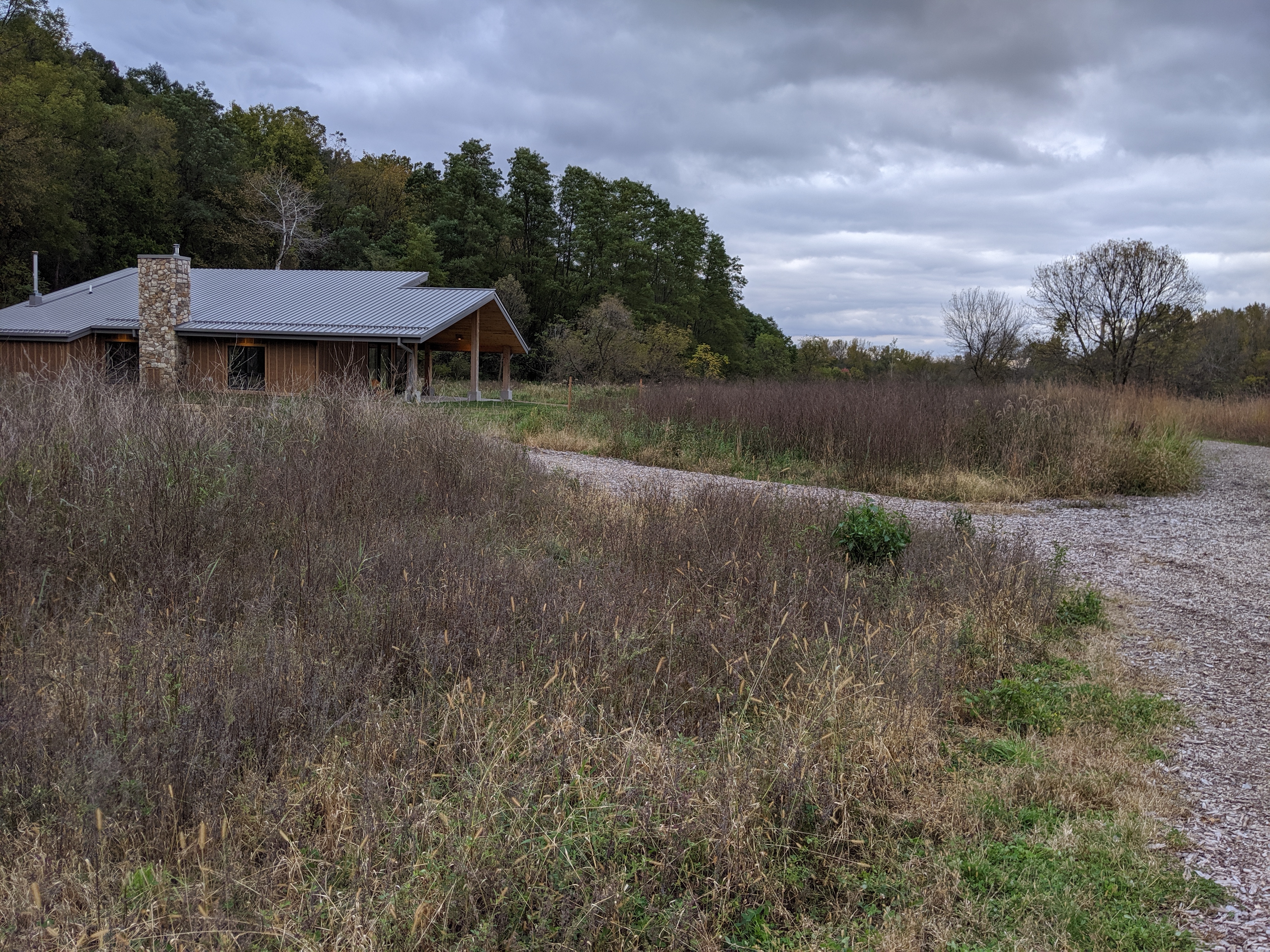 Once the plants mature in 4-6 years, there will be flowers blooming from May until October. That is good for people to see and enjoy, but more importantly it’s necessary to feed a wide range of pollinators. So there will be more butterflies, and food for predators such as dragonflies, spiders and birds. This diverse habitat of plants, pollinators and insects will provide a richer environment for outdoor education.
Once the plants mature in 4-6 years, there will be flowers blooming from May until October. That is good for people to see and enjoy, but more importantly it’s necessary to feed a wide range of pollinators. So there will be more butterflies, and food for predators such as dragonflies, spiders and birds. This diverse habitat of plants, pollinators and insects will provide a richer environment for outdoor education.
When I run ‘bug hunts’, I find diverse prairie areas have much more interesting insects and much more variety. I have had 300 kids hunt bugs on a 50x100’ planting, over the course of two days, and the last groups can still find good ‘bugs’ to catch and examine!

This 2020 project is to establish and maintain a diverse (~100 species of plants) 1 acre native prairie planting of large enough size to support heavy class use to study and enjoy prairie plants, insects, and butterflies for many years to come. ~ Joel Dunnette




